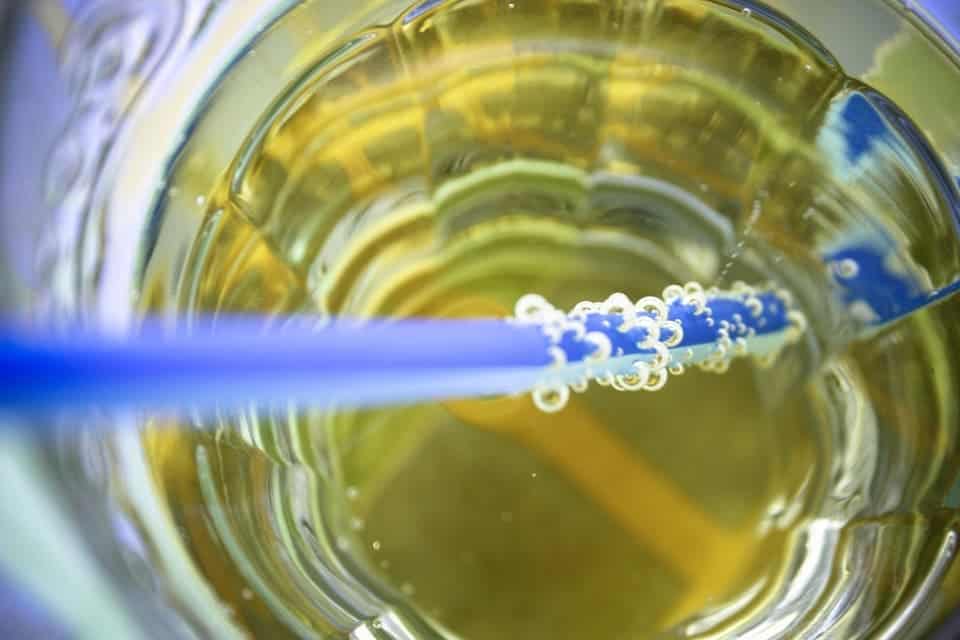Images showcasing the dangers of excessive sugar consumption help reduce sugary beverage consumption, while text labels have no effect on consumer behavior.

Don’t we just love some sugar? Of course we do. But too much of it is bad for you — and, according to the World Health Organization (WHO), we’re having too much of it. This gives rise to all hosts of problems, from tooth decay and type 2 diabetes to obesity (which itself invites further health complications). According to a new study from the Harvard T.H. Chan School of Public Health and Harvard Business School, however, plastering soft drinks with images showcasing the dangers of sugar can help curb excess sugar consumption.
Sweet images, bro
“Warning labels have been around a long time for tobacco products, but they’re a new concept for sugary drinks,” said study co-lead author Grant Donnelly. “Text warning labels have been passed in San Francisco and are being considered in many jurisdictions in the U.S. and around the world. Ours is the first study to evaluate the effectiveness of sugary drink warning labels in the field.”
The study wanted to compare the effectiveness of graphic labels against those of text labels in helping people curb sugar intake. The research, conducted in a hospital cafeteria, found that the former reduced sugary beverage purchases by 14.8%, while text labels had no noticeable effect.
Donnelly and his team tested three types of labels: text warnings and graphic warnings regarding the health risk of sugary drinks, and lists of each beverage’s caloric value. These labels were displayed near bottled and fountain beverages in a Massachusetts hospital cafeteria. Each label was displayed alone, with a two-week period between each test when no label was displayed to “washout” any lingering effects. Over 20,000 beverage sales were recorded during the research.
During the weeks when graphic warnings were displayed, sales of sugar-sweetened beverages in the cafeteria declined by 14.8%, the team writes. Consumers generally opted for bottled water in favor of these beverages. This shift in purchasing behavior led to a decrease in average calories per sold drink from 88 to 75 while graphic ads were on display, they add. Finally, the team found that text labels had no noticeable effect on purchasing patterns.
The team followed-up their research with online studies. The first asked consumers how a warning label would influence their sugary beverage purchases. According to participants’ answers, these warnings increased their negative feelings towards sugary drinks and helped them consider health risks over taste or enjoyment.
During the second, nationally-representative online study, over 400 participants were asked whether they would support the addition of the three labels on sugar-sweetened beverages. When informed that the graphic warnings were found to be effective in reducing consumption of sugary drinks, participants were equally supportive of these, text warnings, and calorie labels.
The team believes their work illustrates both the effectiveness of and the need to include such graphic warnings on sugar-heavy beverages. Such drinks are the “largest source of added sugars in the American diet,” notes co-lead author Laura Zatz. Reducing our intake of such products would have very beneficial effects on our health, and on overall public health.
“As policymakers search for ways to reduce excess consumption of sugary drinks, graphic warning labels merit consideration as a tool that can empower consumers with salient information to encourage healthier choices,” she adds.
This isn’t the first effort to help people drop the sugary habit. Back in September 2017, a tax on sugary beverages came into effect in the UK. Drinks with a sugar content higher than 5g per 100ml will be taxed 18p ($0.25) per liter, and drinks with 8g or more will be taxed 24p ($0.34) — authorities hope this measure will help curb the rise of obesity in the island nation. It’s not a non-issue by any means. Excessive sugar can and will kill, and those of us in developed countries are most at-risk of this sweetened finale.
The graphic-label approach was used (quite successfully) with tobacco, but many people criticize them for being too gruesome and off-putting; on the other end of the stick, plain packaging also seems to have some merits in reducing tobacco sales — maybe the same approach would work for sugary beverages, too?
So, what do you think? Should we use the stick of graphic warnings or the carrot of plain packaging to steer people away from excessively-sugary drinks? Let us know in the comments below.
The paper “The Effect of Graphic Warnings on Sugary Drink Purchasing,” has been published in the journal Psychological Science.






